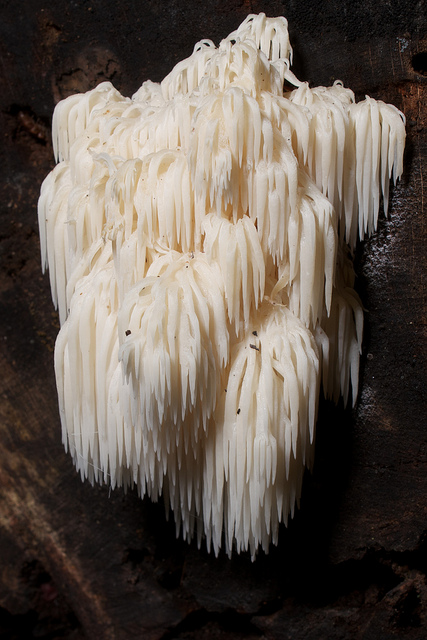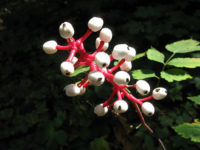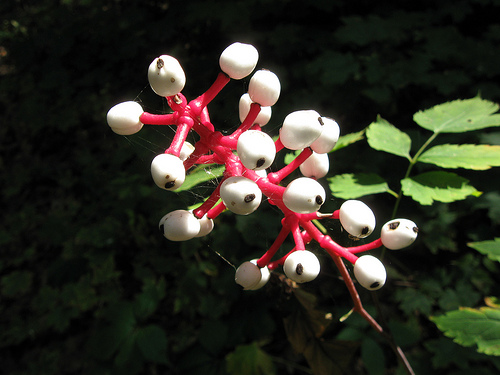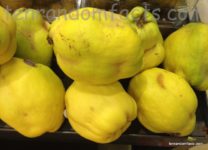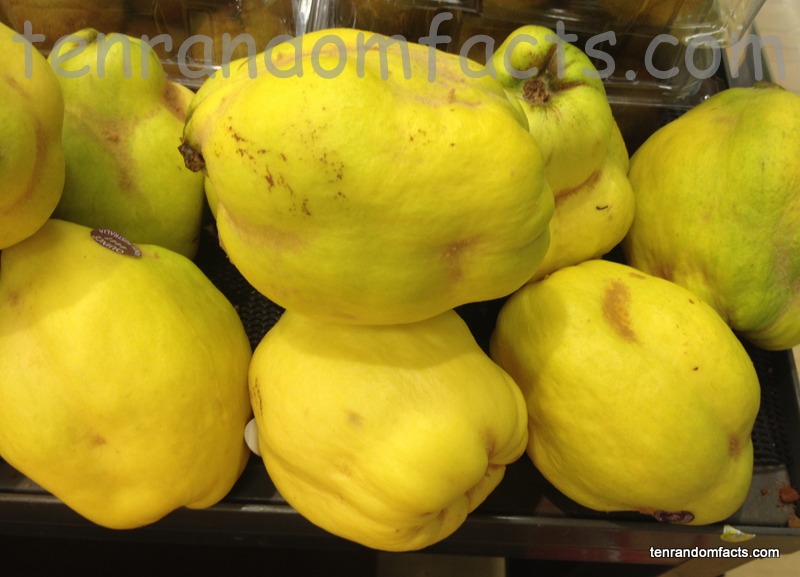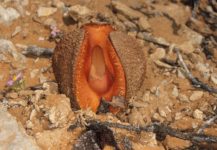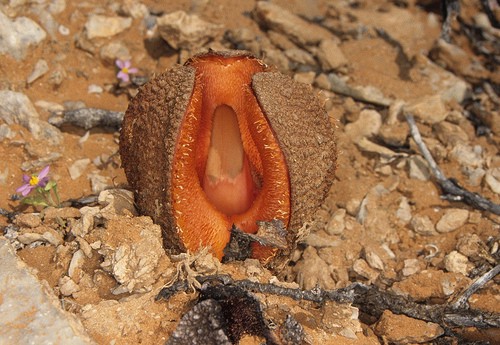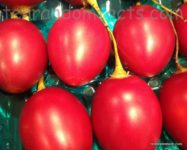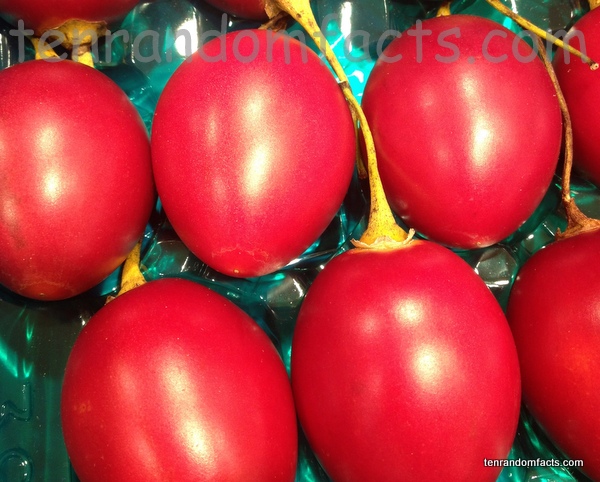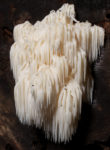
Bear’s head tooth fungus look like something from a fantasy dream.
- Bear’s head tooth fungus is a species of fungus with a shaggy appearance, native to eastern parts of the United States.
- The scientific name of the bear’s head tooth fungus is Hericium americanum and it is from the family Hericiaceae, a family of fungi.
- ‘Bear’s head tooth fungi’ are also known as ‘bear’s head mushrooms’ and ‘pom pom blanc’, and were first scientifically described by James Ginns of Canada, in 1984.
- Bear’s head tooth fungus was once classified as Hericium coralloides, however this name was later applied to a different species in the genus, hence the change.
- The tooth-like appendages of bear’s head tooth fungus grow on branches as the fungus grows, and it forms to create a mop-like appearance.
A Bear’s Head Tooth Fungus
Image courtesy of Brian Gratwicke/Flickr
- Bear’s head tooth fungi grow on both rotting and living woods, mostly hardwood types, and they are typically seen in the wild during the late summer and autumn months, though they are able to be cultivated.
- The ‘teeth’ of bear’s head tooth fungi reach 0.5 to 4 centimetres (0.2 to 1.6 inches) in length, and a whole fungus can spread to a total width of 15 to 30 centimetres (6 to 12 inches).
- Bear’s head tooth fungus is a white colour, although as it becomes older, the teeth tend to have a yellow or brown tinge.
- Young bear’s head tooth fungus can be cooked and eaten, having a taste comparable to that of lobster, though once picked the fungi do not store well, and need to be consumed within a couple of days, otherwise they will become bitter.
- High amounts of vitamin D are found in bear’s head tooth fungus, and it also contains significant quantities of protein and fibre, as well as other beneficial health properties that are still being understood.
Bibliography:
Bear’s Head Mushrooms, n.d, Specialty Produce, http://www.specialtyproduce.com/produce/Bears_Head_Mushrooms_11322.php
Emberger G, Hericium americanum, 2008, Messiah College, http://www.messiah.edu/Oakes/fungi_on_wood/teeth%20and%20spine/species%20pages/Hericium%20americanum.htm
Kuo M, Hericium americanum, 2003, Mushroom Expert, http://www.mushroomexpert.com/hericium_americanum.html
Volk T & Westmoreland S, Tom Volk’s Fungus of the Month for January 2003, 2003, University of Wisconsin, http://botit.botany.wisc.edu/toms_fungi/jan2003.html






